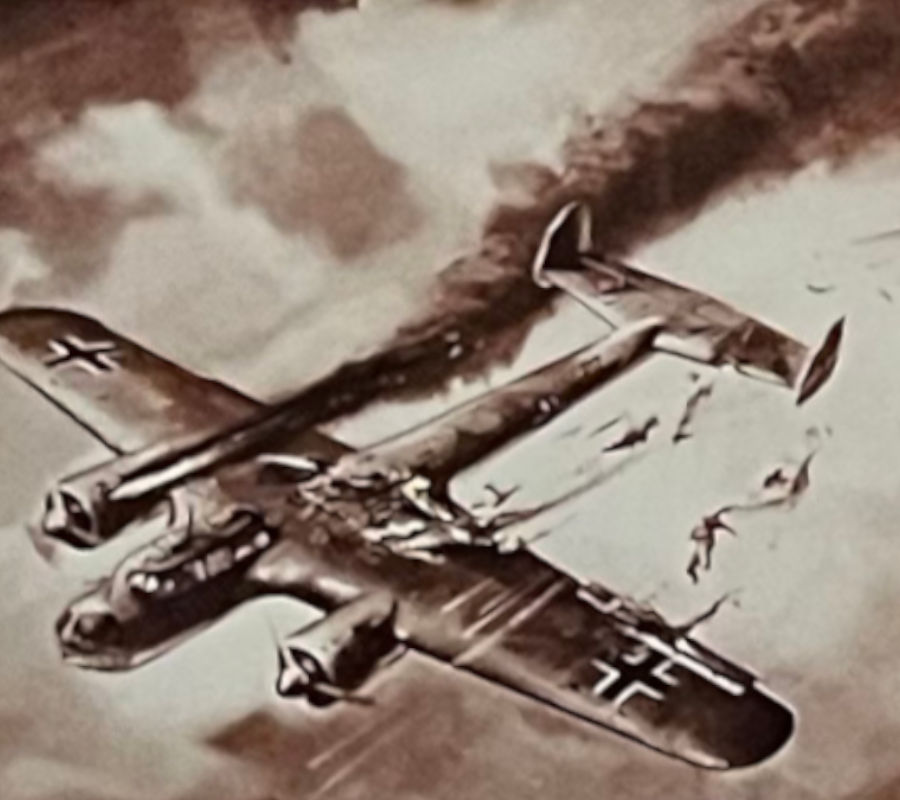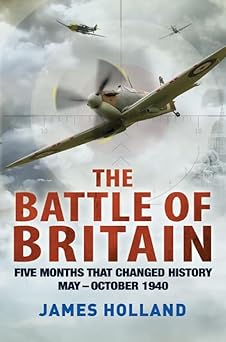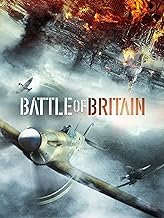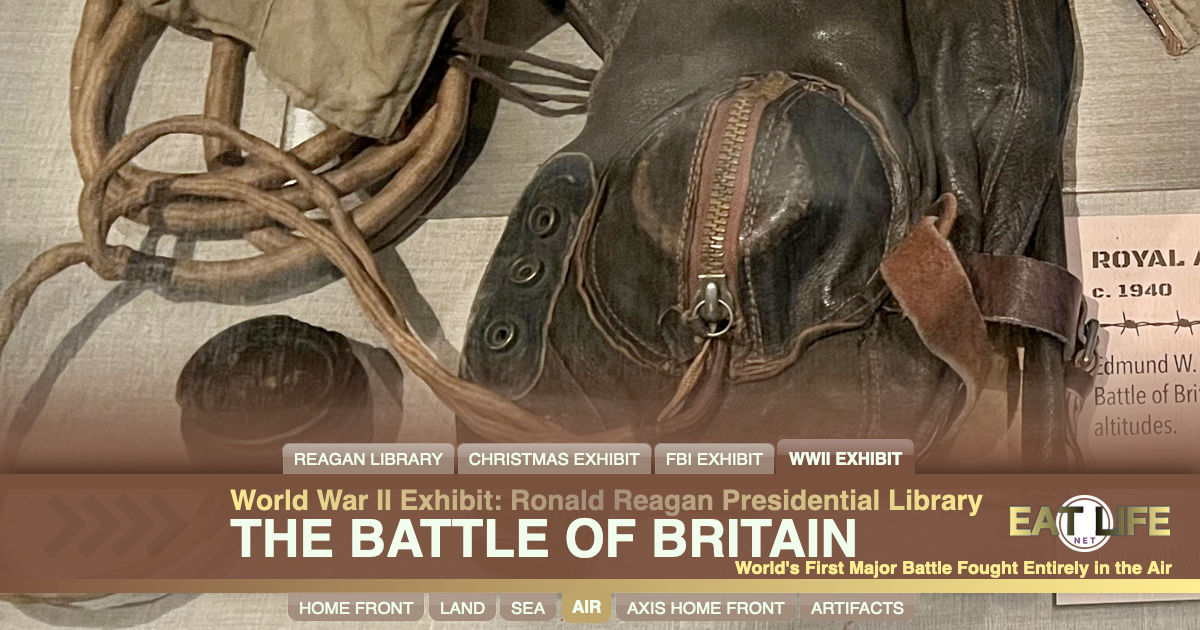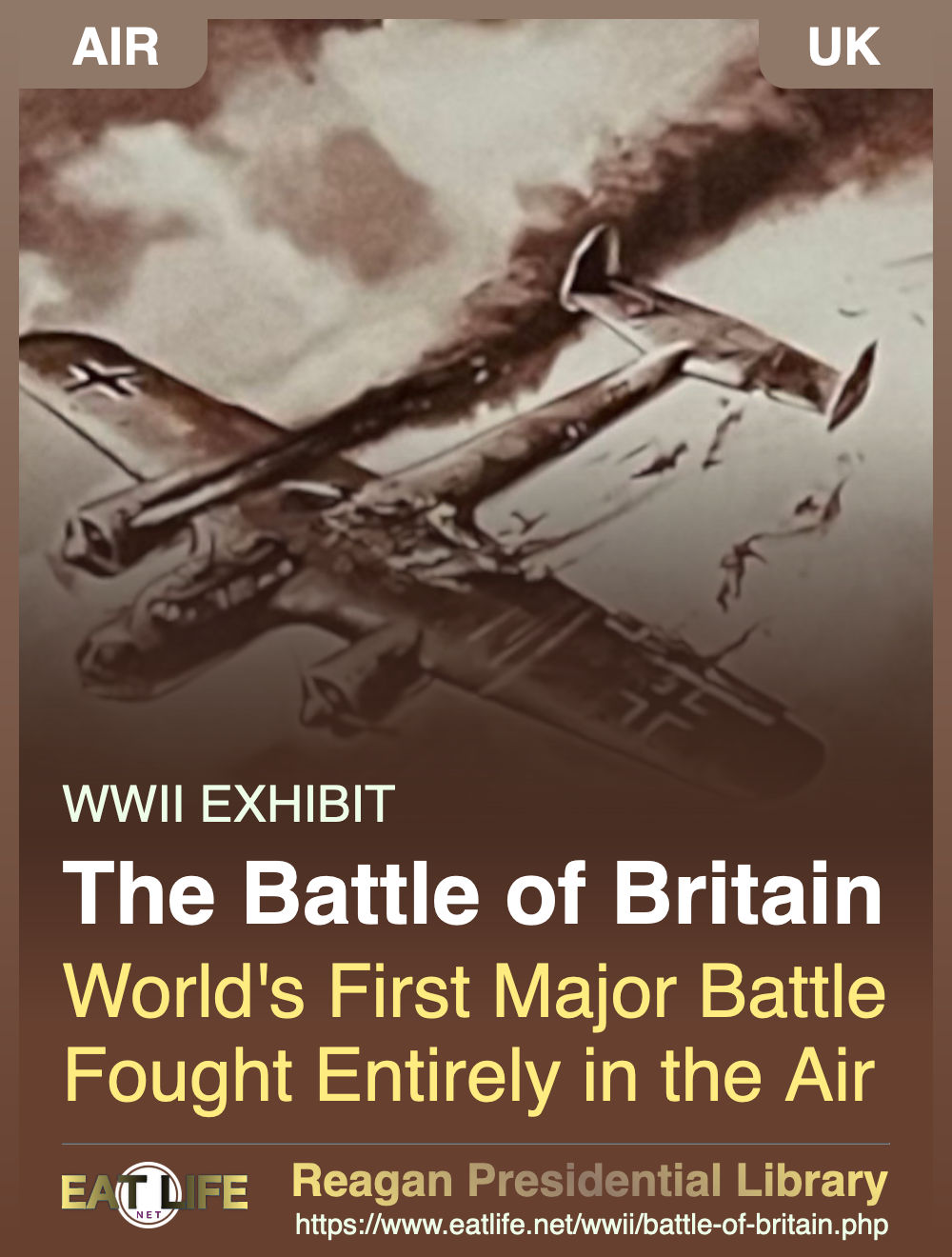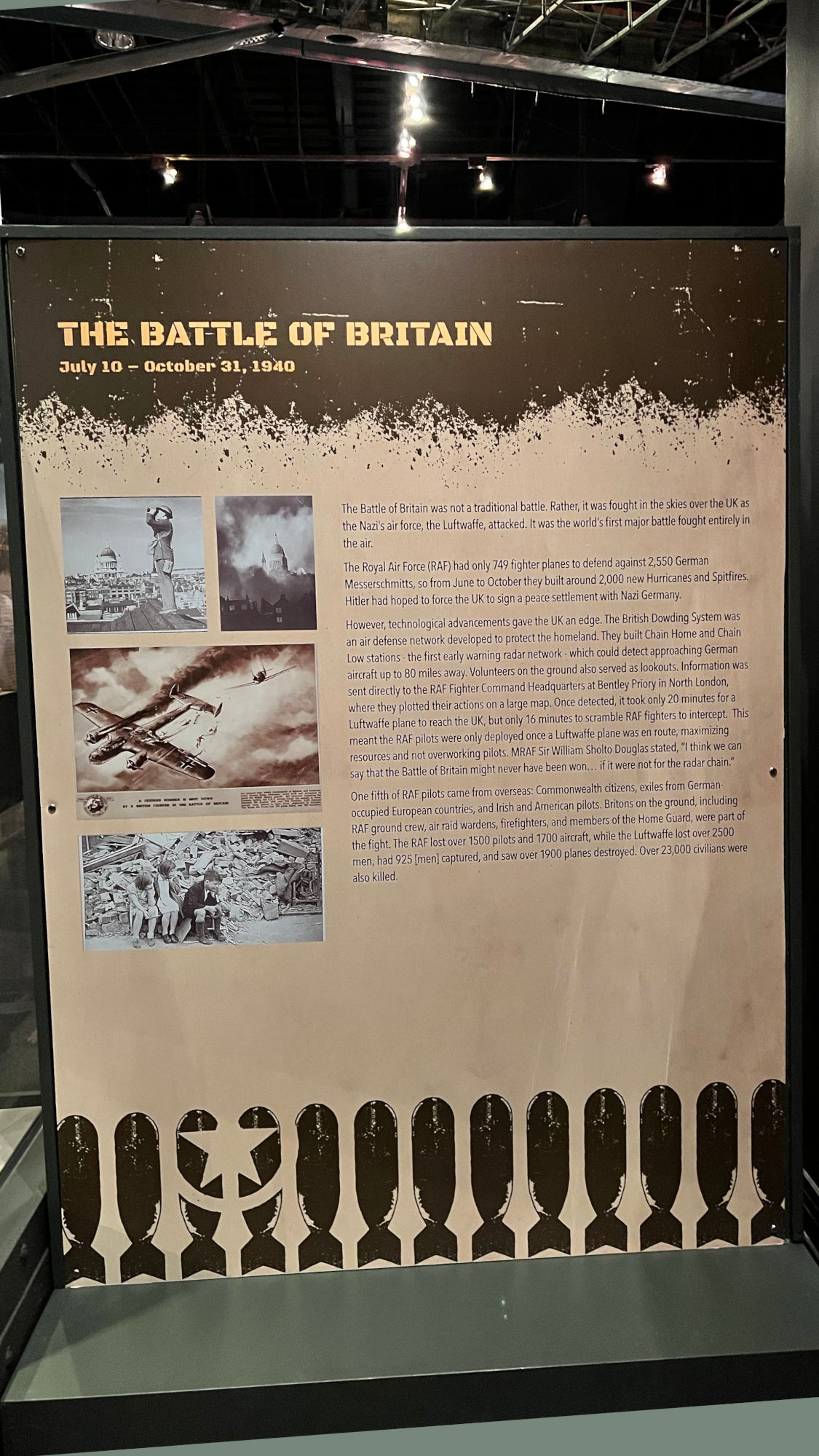
July 10 - October 31 1940
The Battle of Britain was not a traditional battle. Rather, it was fought in the skies over the UK as the Nazi's air force, the Luftwaffe, attacked. It was the world's first major battle fought entirely in the air.
The Royal Air Force (RAF) had only 749 fighter planes to defend against 2,550 German Messerschmitts, so from June to October they built around 2,000 new Hurricanes and Spitfires. Hitler had hoped to force the UK to sign a peace settlement with Nazi Germany.
However, technological advancements gave the UK an edge. The British Dowding System was an air defense network developed to protect the homeland. They built Chain Home and Chain Low stations - the first early warning radar network - which could detect approaching German aircraft up to 80 miles away. Volunteers on the ground also served as lookouts. Information was sent directly to the RAF Fighter Command Headquarters at Bentley Priory in North London, where they plotted their actions on a large map. Once detected, it took only 20 minutes for a Luftwaffe plane to reach the UK, but only 16 minutes to scramble RAF fighters to intercept. This meant the RAF pilots were only deployed once a Luftwaffe plane was en route, maximizing resources and not overworking pilots. MRAF Sir William Sholto Douglas stated, "I think we can say that the Battle of Britain might never have been won... if it were not for the radar chain."
One fifth of RAF pilots came from overseas: Commonwealth citizens, exiles from German-occupied European countries, and Irish and American pilots. Britons on the ground, including RAF ground crew, air raid wardens, firefighters, and members of the Home Guard, were part of the fight. The RAF lost over 1500 pilots and 1700 aircraft, while the Luftwaffe lost over 2500 men, had 925 [men] captured, and saw over 1900 planes destroyed. Over 23,000 civilians were also killed.
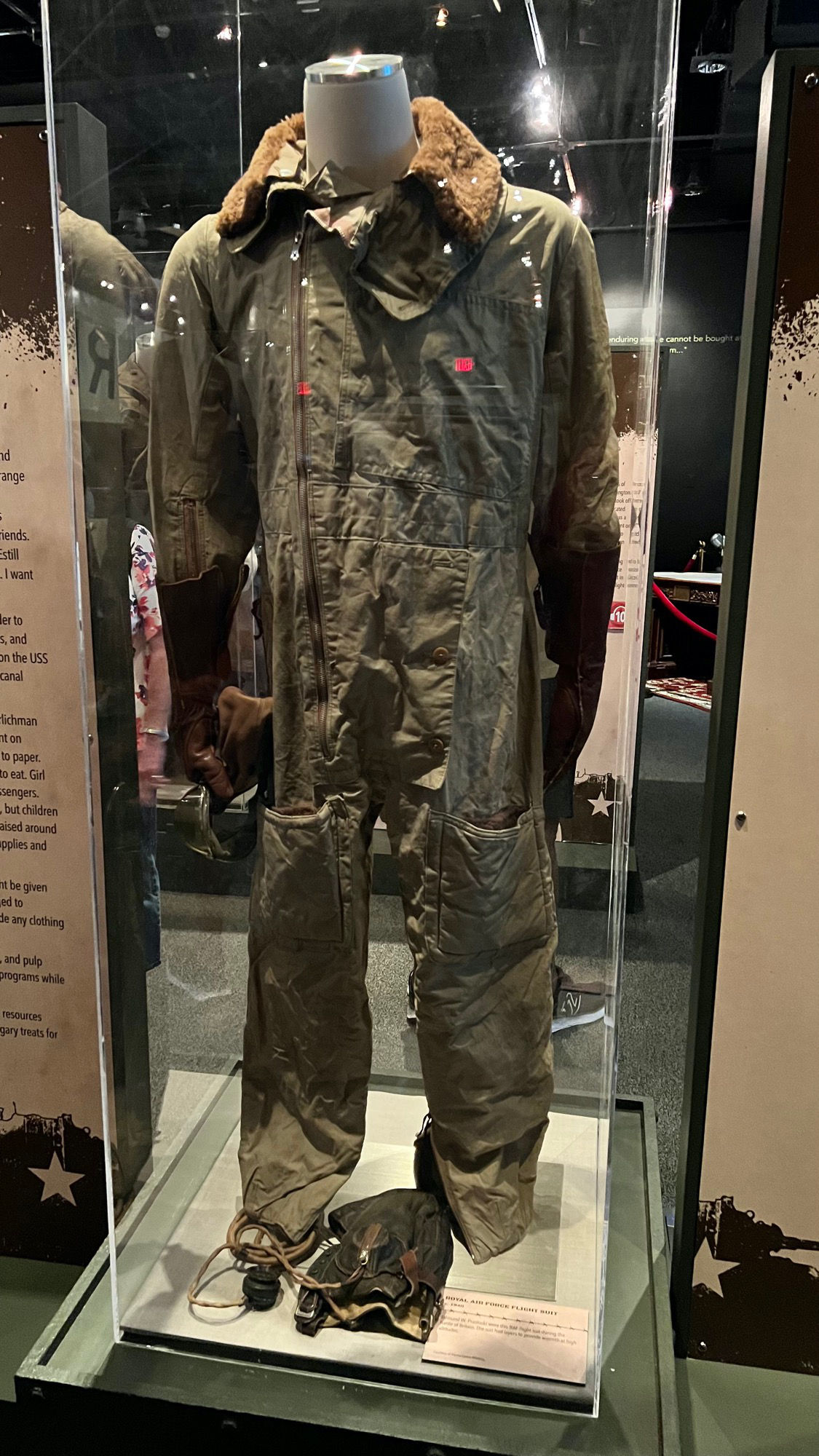
1940
Edmund W. Prasloski wore this RAF fligit suit during the Battle of Britain. The suit had lavers to provide warmth at high altitudes.
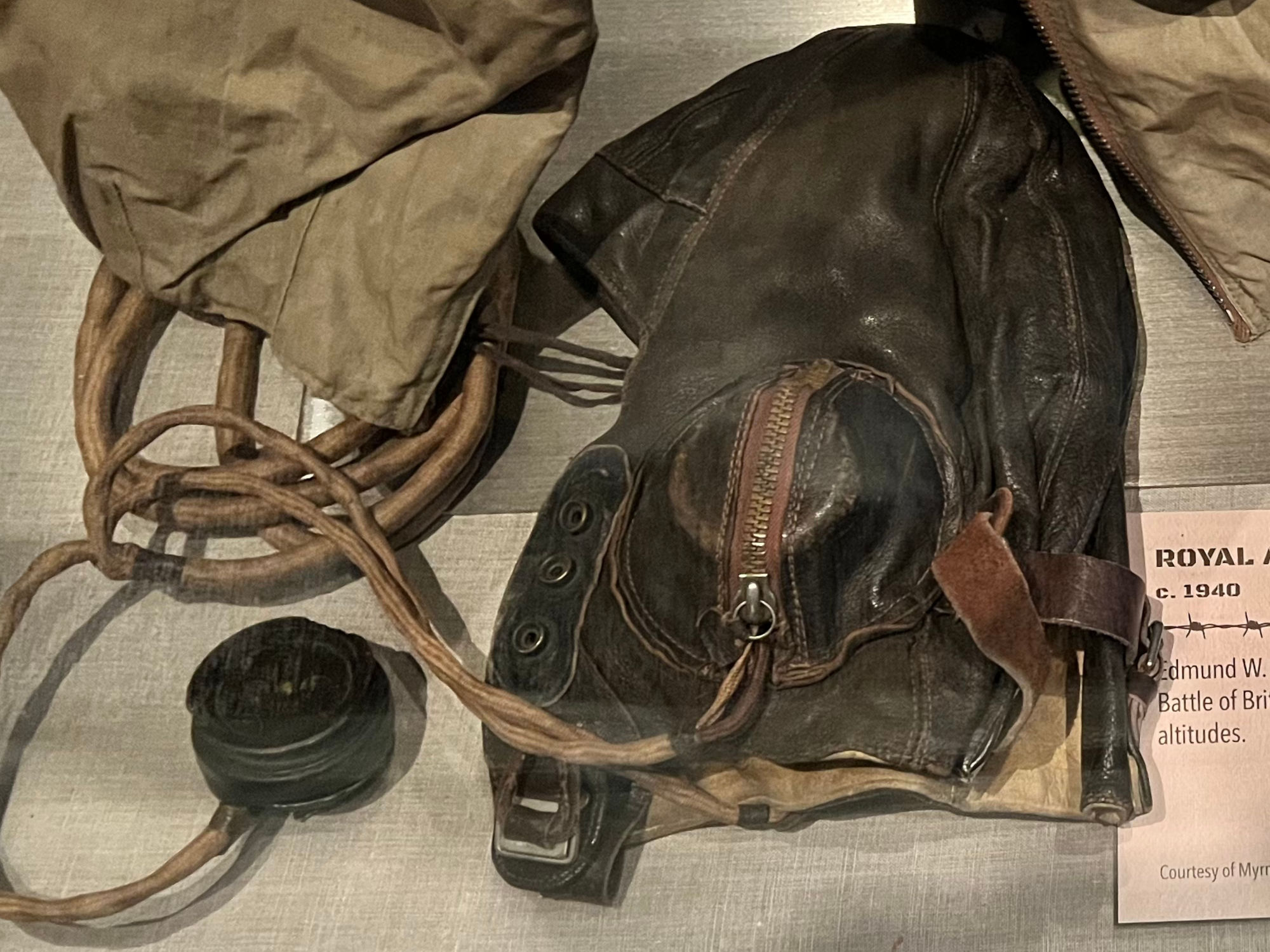
How the Battle of Britain changed war, and the world, forever
It Was the World's First Battle Fought Only in the SkyNational GeographicThe Battle of Britain
The battle wasn't a single fight. It was a four-month campaign against the United Kingdom waged by the German Air Force, or Luftwaffe. It was the first large campaign fought only by air forces. And it was Germany's first major defeat in the Second World War.On July 10, 1940, a German pilot spotted a convoy of British fighter planes and radioed base. Luftwaffe commander Colonel Johannes Fink replied with a single word: "Destroy!"
Soon, 70 German planes were flying in. The Royal Air Force scrambled four squadrons of Spitfire and Hurricane fighter planes.
The Battle of Britain had begun.
The casualties came to 500 British airmen, 2,600 German pilots, and 60,000 civilians. But the British victory prevented Operation Sea Lion, a planned German airborne and amphibious invasion of Great Britain.
The Beginning of Modern Air Warfare
Author James Holland, who wrote The Battle of Britain: Five Months That Changed History, says some people disregard the battle's significance because it was fought by relatively few people, and therefore suffered relatively few casualties. But in addition to strategic value, the battle also boosted a new technology that was key to the British Royal Air Force (RAF) victory … radar.Luftwaffe head Hermann Goring didn't think British radar stations were important targets, and according to The Battle of Britain, only one of the stations was completely destroyed during the battle.
Some Germans even speculated the British were somehow telepathic-and in a way they were. In addition to their advanced radar network, the British had broken Germany's secret radio code and could understand their messages.
Only 3,000 pilots flew for Britain in the battle. Churchill later said, "Never in the field of human conflict was so much owed by so many to so few."
The pilots also had support on the ground the Germans couldn't match. The battle was won in large part because Britain was producing at least twice as many planes as Germany could. In July, 1940, Britain produced 496 new fighters. Not only that, but many English pilots whose planes were shot down would parachute to safety, only to be back in the air 24 hours later. German pilots drowned in the Channel. The RAF became stronger, while the Luftwaffe became weaker.
History.comThe Battle of Britain
World War II
Britain's Royal Air Force (RAF) vs. the Luftwaffe, Nazi Germany's air force. It was the first battle in history fought solely in the air.From July 10 through October 31, 1940, pilots and support crews on both sides took to the skies and battled for control of airspace over Great Britain, Germany and the English Channel. The powerful, combat-experienced Luftwaffe hoped to conquer Britain easily, but the RAF proved a formidable enemy.
Churchill's "Finest Hour" Speech
Days before France's surrender, Churchill gave his famous "Finest Hour" speech to the House of Commons, making it clear he had no intention of capitulating to Hitler, although some members of Parliament hoped to negotiate peace.In his speech, Churchill said, "the Battle of France is over. I expect the Battle of Britain is about to begin." He spoke of his certainty that the Luftwaffe would attack Britain hard, but also his confidence that the RAF, commanded by Air Chief Marshal Hugh Dowding, would hold their own and be victorious.
Churchill knew failure was not an option, and his powerful speech boosted the morale and patriotism of the British people, its military and Parliament.
Hawker Hurricane, Supermarine Spitfire, Messerschmitt BF-109
Hitler and many of his generals were unprepared to invade Britain. Goring, however, was confident his Luftwaffe would quickly destroy the RAF with his German bombers and prevent, or at least postpone, the need for a full-scale invasion; Hitler gave him the go-ahead to prove it.On July 10, 1940, the Luftwaffe attacked Britain, performing reconnaissance missions and targeting coastal defenses, ports and radar stations. Their efforts, however, did little damage to the RAF.
In mid-August, using mostly single-engine Messerschmitt BF-109 combat planes, the Luftwaffe began attacking Britain's airfields, air fighter production sites and targeting RAF Supermarine Spitfires and Hawker Hurricanes in the air.
Blitz Begins
Despite being outnumbered, the RAF retaliated by bombing Berlin. Enraged, Hitler and Goring changed tactics and ordered a bombing campaign known as "the Blitz" against London, Liverpool, Coventry and other major cities, hoping to decimate the morale of the British people. To ensure massive casualties and to avoid aerial dogfights between the RAF and the Luftwaffe, German bombing was carried out at night.On September 15, the Luftwaffe began two massive raids on London, eager to force the British to the negotiating table, but they could not defeat the RAF or gain control of British airspace. The Luftwaffe was by then stretched too thin, poorly organized and unable to keep up with the demand for new fighter planes or overcome the RAF's superior technology.
Who Won the Battle of Britain?
By the end of October 1940, Hitler called off his planned invasion of Britain and the Battle of Britain ended. Both sides suffered enormous loss of life and aircraft. Still, Britain weakened the Luftwaffe and prevented Germany from achieving air superiority. It was the first major defeat of the war for Hitler.Although Britain stood alone against Germany after the fall of France, nearly a quarter of the RAF pilots who participated in the Battle of Britain were from other countries including Poland, New Zealand, Australia, Canada, Czechoslovakia, Belgium, France, the United States and South Africa.
Why Did the British Win the Battle of Britain?
The British won the Battle of Britain due to a confluence of factors. They were defending their home territory, so were more motivated to succeed, and also knew the local geography better than the invaders.Another major factor was the Dowding System, named after Sir Hugh Dowding, Commander in Chief of the RAF Fighting Command. The Dowding System's pioneering use of radar (which could warn the RAF of enemy attacks), aircraft and ground defense gave Great Britain a competitive advantage.
Significance of the Battle of Britain
The Battle of Britain was a turning point in World War II; if the RAF had not held off the Luftwaffe, Hitler would have likely moved forward with his Operation Sea Lion land invasion of the British Isles. This would have been devastating to the British people and all efforts to stem Hitler's rise to power. Germany needed to control the English Channel to invade Britain, and the battle prevented them from gaining that valuable control.Britain's victory in the Battle of Britain demonstrated the courage and resilience of the country's military and its people and allowed them to remain free from Nazi occupation. It also enabled the Americans to establish a base of operations in England to invade Normandy on D-Day in 1944.
BBCThe BBC at War
The BBC reinvented itself during the Second World War and public perception of the institution changed dramatically. It more than doubled in size and adopted a new culture and outlook. The television service, still in its infancy at the outbreak of war, closed down, but BBC Radio proved more powerful than ever.Summer 1940
During the Battle of Britain (10 July - 31 October) - when listeners could often see for themselves the effect of enemy action - BBC news had to strike a balance between truthful reporting of events and revealing specific information that would tell the Germans that they had found their target.Outside broadcasts were possible with the use of mobile recording cars, but as only one disc recording machine would fit in each car, there was a limit of 4 minutes for each recording. Charles Gardner was able to report from Dover on an attack on a British convoy which was repulsed by fighter planes. The report of the dog-fight, which proved very popular, was nevertheless criticized as treating a deadly engagement "as if it were a cricket match or a horse race".
As the war progressed it became clear that there was a need for a consistently high standard of news reporting. Thus the War Reporting Unit was set up, which consolidated the notion, enduring to this day, that the story should be presented without unnecessary dramatization. Further, the development of the Riverside Portable recorder - dubbed the Midget despite its 42lb weight - transformed reporting in the field, and enabled BBC reporters to file from the battlefields of Africa and Europe.
WIKIPEDIAThe Battle of Britain
The Air Battle for England
It was a military campaign of the Second World War, in which the Royal Air Force (RAF) and the Fleet Air Arm (FAA) of the Royal Navy defended the United Kingdom (UK) against large-scale attacks by Nazi Germany's air force, the Luftwaffe. It was the first major military campaign fought entirely by air forces.The primary objective of the German forces was to compel Britain to agree to a negotiated peace settlement.
- In July 1940, the air and sea blockade began, with the Luftwaffe mainly targeting coastal-shipping convoys, as well as ports and shipping centers such as Portsmouth.
- On 1 August, the Luftwaffe was directed to achieve air superiority over the RAF, with the aim of incapacitating RAF Fighter Command; 12 days later, it shifted the attacks to RAF airfields and infrastructure.
- As the battle progressed, the Luftwaffe also targeted factories involved in aircraft production and strategic infrastructure.
- Eventually, it employed terror bombing on areas of political significance and on civilians.
The Germans had rapidly overwhelmed France and the Low Countries in the Battle of France, leaving Britain to face the threat of invasion by sea. The German high command recognized the difficulties of a seaborne attack while the Royal Navy controlled the English Channel and the North Sea.
Battle of BritainOperation Sea Lion
On 16 July, Hitler ordered the preparation of Operation Sea Lion as a potential amphibious and airborne assault on Britain, to follow once the Luftwaffe had air superiority over the Channel. In September, RAF Bomber Command night raids disrupted the German preparation of converted barges. The Luftwaffe's failure to overwhelm the RAF forced Hitler to postpone and eventually cancel Operation Sea Lion.The Luftwaffe proved unable to sustain daylight raids, but their continued night-bombing operations on Britain for the next couple months became known as The Blitz (short for Blizkrieg: lightning war).
Germany's failure to destroy Britain's air defenses to force an armistice (or even an outright surrender) was the first major German defeat in the Second World War and a crucial turning point in the conflict.
Battle of BritainThe Battle of Britain takes its name from the speech given by Prime Minister Winston Churchill to the House of Commons on 18 June: "What General Weygand called the 'Battle of France' is over. I expect that the Battle of Britain is about to begin."
